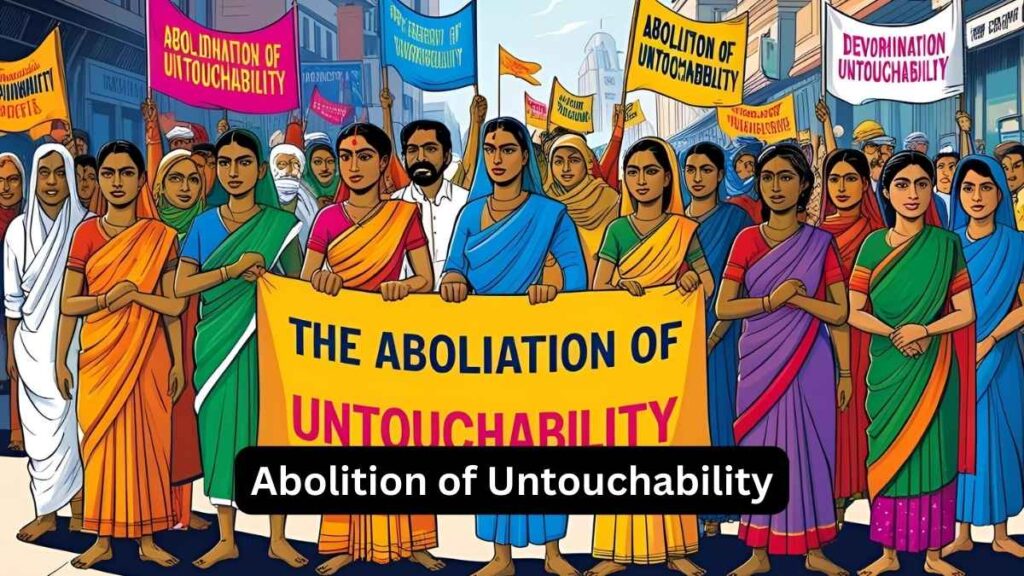Font size:
Print
International Day of Forests (IDF)
Context:
Every year on March 21, the world celebrates the International Day of Forests (IDF) to honour all types of forests, raise awareness about their significance, and take collective action to protect them.
More on News
- The United Nations declared March 21 as IDF in 2012 to promote awareness about the critical role of forests.
- Each year, the Collaborative Partnership on Forests chooses a new theme. This year’s theme, “Forests and Food,” underscores the vital link between forests and global food security.
- In India protecting forests is a fundamental responsibility and the Government of India has launched several initiatives linking forests to food security, nutrition, and rural livelihoods.
National Agroforestry Policy
- Agroforestry is a sustainable land-use system that integrates trees and crops to enhance agricultural productivity, improve soil fertility, and provide an additional income source for farmers.
- Recognising its potential, the Government of India introduced the National Agroforestry Policy in 2014 to promote tree plantation on farmland.
- Objective: To improve climate resilience, enhance environmental conservation, and gain economic benefits.
- Implementation Strategy: Focus on distributing Quality Planting Material (QPM) and training farmers.
- The ICAR-Central Agroforestry Research Institute (CAFRI) serves as the nodal agency responsible for providing technical support, training, and certification.
- Several institutions, including ICFRE, CSIR, ICRAF, and state agricultural universities, collaborate to implement the program effectively.
- Market and Economic Support: The scheme includes price guarantees and buy-back options for farm-grown trees. It encourages private sector involvement in the marketing and processing of agroforestry products and integrates well with India’s strategy to promote millets.
Green India Mission (GIM)
-
- Part of National Action Plan on Climate Change (NAPCC): Launched in FY 2015-16 to expand forest cover and improve biodiversity.
- GIM focuses on improving biodiversity, water resources, and ecosystems like mangroves and wetlands, all while helping absorb carbon.
- Objectives:
- Expand forest/tree cover by 5 million hectares (mha) and improve the quality of another 5 mha of forest and non-forest land.
- Boost ecosystem services like carbon storage, water management, and biodiversity.
- Improve livelihoods for 3 million households by increasing income from forest-based activities.
- Sub-Missions: Enhancing Forest Cover, Ecosystem Restoration, Urban Greening, Agro-Forestry & Social Forestry, and Wetland Restoration.
- Ecosystem Services Improvement Project (ESIP): The Green India Mission is working on the ESIP, a World Bank-backed initiative in Chhattisgarh and Madhya Pradesh.
- Funding and Expenditure: As of July 2024, Rs. 909.82 crores have been allocated to 17 states and one Union Territory for plantation and eco-restoration over 155,130 hectares. In Maharashtra’s Palghar district, 464.20 hectares in Dahanu Division have been covered under GIM for plantation and eco-restoration.
Forest Fire Prevention & Management Scheme
- A Centrally Sponsored Scheme that assists states and Union Territories in preventing and controlling forest fires.
- India has a forest fire detection system managed by the Forest Survey of India, Dehradun.
- It uses remote sensing technology to detect and share information about forest fires in near real-time.
- The Ministry has also constituted a Crisis Management Group under the chairmanship of Secretary (EF&CC) to deal with crises arising from forest fires.
- Objectives:
-
- The scheme aims to reduce forest fire incidents and restore productivity in affected areas.
- It emphasises the involvement of local communities in forest protection and contributes to maintaining environmental stability.
- Developing a fire danger rating system and forecasting methods is also a key objective.
- The scheme encourages the use of modern technology, such as Remote Sensing, GPS, and GIS, to enhance fire prevention efforts.
- Implementation: The Forest Fire Monitoring and Alert System, developed by the FSI, helps detect and manage forest fires in a timely manner. Alerts are sent via SMS and email to registered users, facilitating quick responses.
Van Dhan Yojana
- Launched in 2018 by the Ministry of Tribal Affairs and TRIFED, the Pradhan Mantri Van Dhan Yojana (PMVDY) aims to improve the livelihoods of tribal communities by enhancing the value of forest produce.
- Formation of Van Dhan Vikas Kendras (VDVKs): Each consisting of 300 members from 15 Self-Help Groups (SHGs). These Kendras serve as hubs for processing, value addition, and marketing of Minor Forest Produce (MFPs).
- Financial Support and Implementation: The scheme is centrally funded, with ₹15 lakh allocated per Kendra. Tribal members contribute ₹1,000 each to ensure ownership. The government also supports branding, packaging, and global market access for tribal products.
- Stage I: Establishment of 6,000 Kendras across tribal districts with basic facilities.
- Stage II: Scaling up successful Kendras with better infrastructure, such as storage and processing units.
- Impact and Benefits: PMVDY fosters sustainable livelihoods, promotes forest conservation, discourages tribal migration, and strengthens the tribal economy, making it a key initiative for India’s tribal development.


